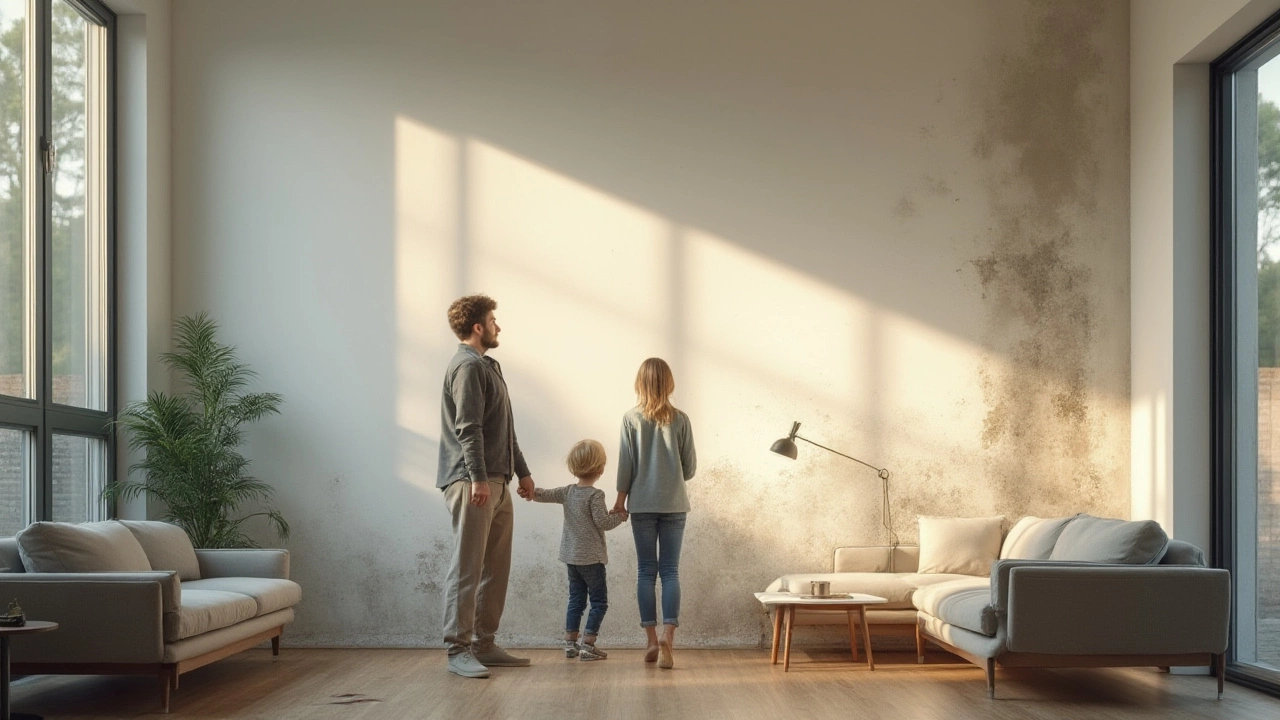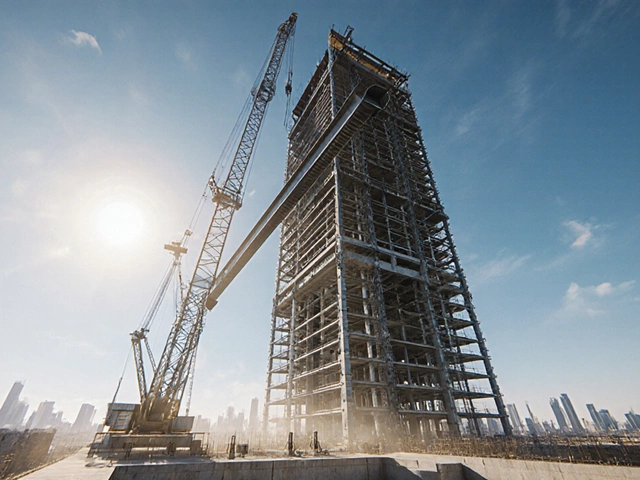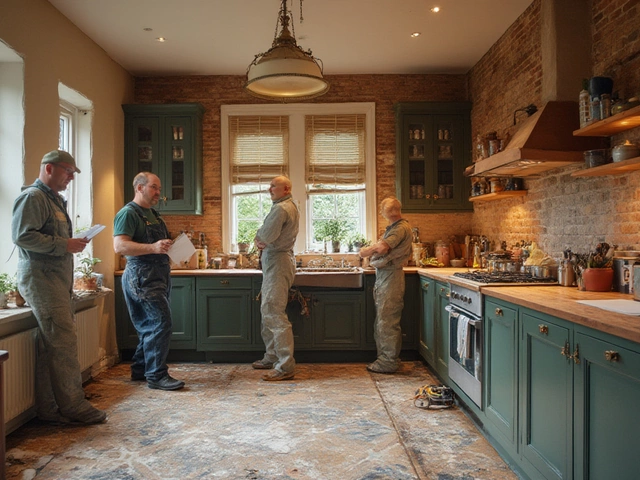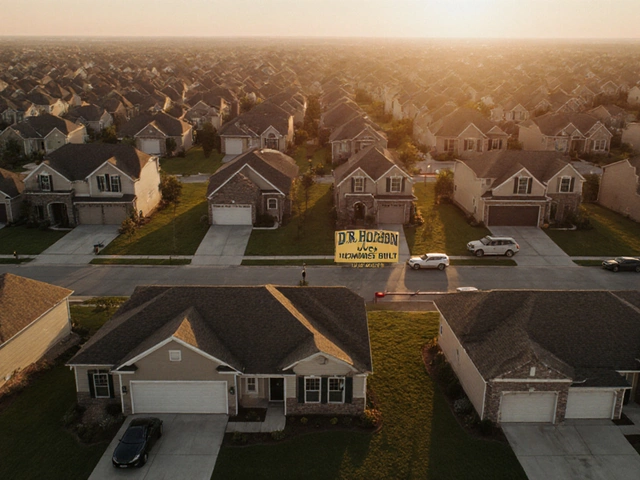Brand new home, perfect paint, never-lived-in carpet. You step inside, inhale, and there it is—a hint of that earthy smell you hoped you'd left behind in your old, creaky basement. How is that possible? Shouldn’t a new build be the last place you’d ever find mold? Thousands of buyers feel blindsided when they find mold lurking behind fresh drywall just months after move-in. New homes seem like blank slates, but the truth is they can be especially vulnerable to mold—sometimes even more than older homes. Let’s break down why these problems follow “brand new” buildings, how the construction process sets the stage, and what you can do to keep your own home dry and healthy from day one.
Modern Construction: Why Do New Homes Grow Mold So Fast?
If you think mold only grows in old houses, you’re not alone. It seems logical: old, leaky roofs, decades of damp, and neglect. But here’s a secret: brand-new homes, even luxury ones, can have mold issues before the paint dries. The big reason? Moisture gets trapped, and buildings can’t "breathe" like older homes.
Let’s get specific. Modern building codes require tight energy-efficient envelopes, so homes now have triple-pane windows, layers of insulation, and high-tech wraps. This is great for your heating bill, but bad news for any water trapped inside the walls. In the past, small leaks dried out because old wooden houses "leaked air." Now, homes are sealed up tight—so if water sneaks in during construction (and it almost always does) it can get stuck and stay that way for months. Wet lumber, rain-soaked drywall, or even just high humidity trapped during the build are prime suspects for future mold colonies.
Let’s not forget the fast pace of modern construction. Builders work under tight deadlines; nobody wants to miss a move-in date. That means less time for the frame to dry out after a summer thunderstorm or during a humid week. In the past, contractors might let a house “breathe” before adding drywall. Now, schedules can push them to lock in moisture inside walls or under floors. And since mold starts growing in as little as 24-48 hours on wet materials, it doesn’t take long to cause trouble. New homes have even been found with hidden mold before a single family moves in.
Another fact few people know: building materials themselves can be part of the problem. Today’s engineered woods—think OSB and MDF—are more mold-friendly than good old-fashioned lumber. They often absorb water faster and hold onto it longer, especially if stored outdoors before installation. So, even on a dry construction site, materials might already have a head start on growing spores.
It sounds unbelievable, but according to a 2023 survey by the National Association of Home Builders, around 15% of new builds reported mold or moisture issues within their first two years. That’s a significant number considering how tightly regulated modern construction is. Combine rushed schedules, new materials, tight envelopes, and the occasional rainstorm or plumbing misstep, and you’ve got a recipe for surprise mold outbreaks.
As renowned building scientist Dr. Joe Lstiburek puts it,
“Wet buildings mold. The challenge is, in the quest for energy efficiency, we’ve made it easier for houses to trap moisture—and wherever you have trapped moisture, you’re going to get mold.”That simple formula applies to new and old alike, but new builds are especially at risk because buyers rarely expect these issues.
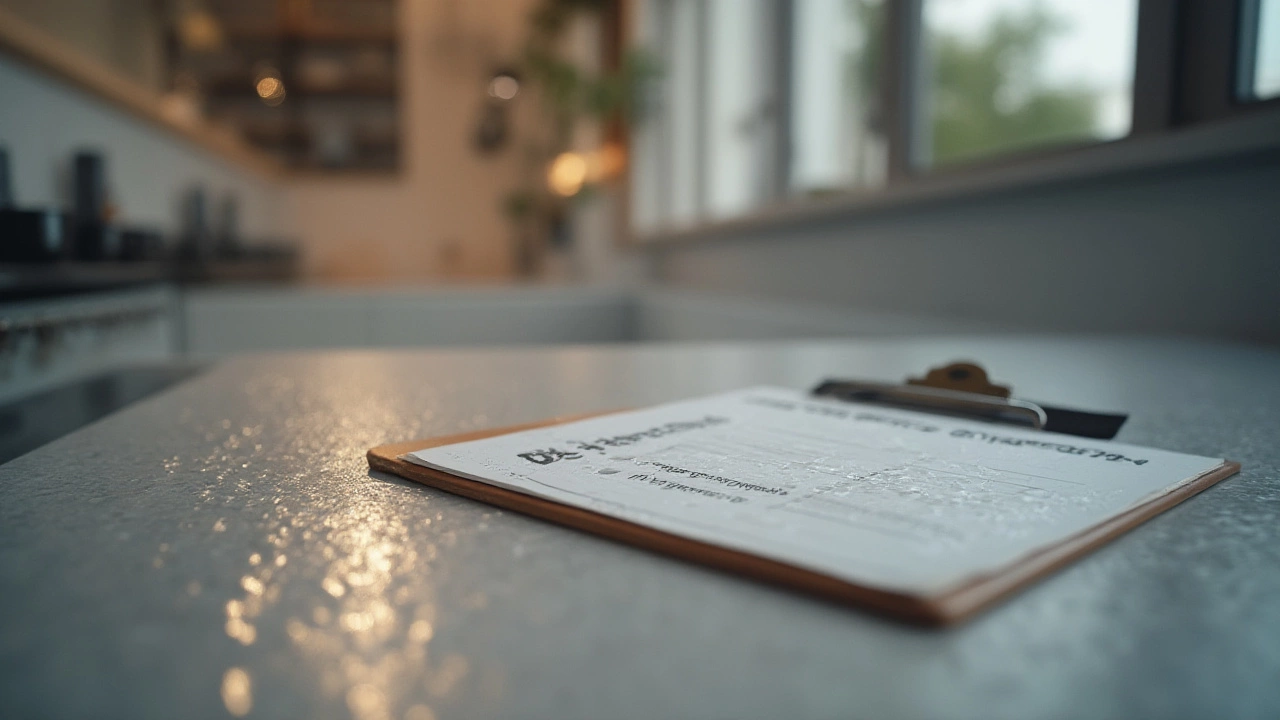
The Hidden Trouble Spots: Where Mold Sneaks In
Mold isn’t picky—it’ll set up shop wherever it finds moisture and a food source, which in your house means drywall, wood, and even some kinds of insulation. New builds have some classic “problem zones” where things go wrong, even if everything looks perfect on the surface. Don’t just focus on the bathroom or basement like in the old days; modern homes can have issues in ways that surprise even the experts.
The most common places? Attics, crawl spaces, and wall cavities take the top spots. If the roof was finished in a rush or the attic isn’t ventilated properly, humidity can rise. Add insulation that acts like a sponge, and if there’s even a small leak or condensation from air conditioning ducts, you'll find mold thriving above your head. In new basements with concrete walls, the slow curing process naturally releases a ton of moisture; without proper sealing and ventilation, that dampness moves right into the studs and drywall and—boom—mold starts. Some inspectors report that new homes built in the winter are especially vulnerable, because that moisture gets locked in when it’s too cold to air out the site.
Bathrooms and kitchens deserve special attention, too. You’d think the latest plumbing would be leak-proof, but early breakdowns can happen—cheap caulk, loose joints, or even a single nail through a pipe behind the wall can cause hidden moisture to build up. Sometimes builders don’t install proper exhaust vents or fans (or they forget to connect them outdoors), so everyday moisture from showers, cooking, and dishwashers stays inside. That means the drywall behind cabinets and tiles soaks it up, and you get that musty smell way before you notice any stains.
Doors and windows, with all their advanced flashing and seals, can still leak if the installation isn’t spot-on. One missed detail during the hurried phase of a build, and rainwater creeps in with every storm. With so many pricey windows in new homes, even a small installation mistake can lead to a hidden, moldy mess. It’s not just dramatic water events, either; simple condensation from temperature differences at windows and walls is all mold needs to get going.
Flooring can be a surprise mold zone, too. Subfloors made of engineered woods, especially if covered too soon with tile or laminate, can trap construction moisture. Quick tip: avoid installing flooring until the builder confirms your subfloor is dry (most experts say less than 12% moisture content, easily checked with a budget moisture meter).
Have a garage attached to your home? Watch out for shared walls—if cars bring in snow or rain, that moisture wicks right into new insulation and wood framing. Same goes for mudrooms. Remember, the look of spotless finishes doesn’t mean there isn’t something nasty started underneath.
So what can you do before it becomes a problem? For anyone buying a new build, make sure you get a detailed walkthrough before signing off. Bring a hand-held moisture meter (you can buy one for $30 online)—check baseboards, window sills, and corners. Pay attention to any soft spots or musty smells. Don’t assume anything is fine just because it looks brand-new. Ask about how long materials were exposed to rain during construction and if mold-resistant products were used. It’s not pushy; it’s smart homeownership. Catching damp spots early can save you from expensive repairs and health headaches later.

How to Keep a New Home Mold-Free from Day One
Getting stuck with a moldy new home is frustrating, but you’re not powerless. Smart homeowners (and future buyers) can absolutely reduce their risk—sometimes with just a bit of extra communication and a few affordable tools. Here are some proven, expert-backed steps you can take:
- Demand thorough drying during construction. Builders should never cover up wet framing or subfloors. If there’s been rain or high humidity, ask for a moisture test before drywall goes up. Builders who push back are showing a red flag—the best ones advertise their drying practices as a selling point.
- Insist on mold-resistant building materials for vulnerable parts of the house: bathrooms, basements, laundry rooms. There are proven products like mold-resistant drywall and treated lumber that cost a bit more but pay for themselves quickly if they block even one outbreak. Don’t be afraid to ask what went into your walls; transparency is worth every penny.
- Check the ventilation plan. Even energy-efficient houses need fresh air. Proper bathroom and kitchen fans vented outdoors, attic ventilation, and sometimes even a whole-house air exchange system will make a difference. Good builders can explain their approach to moisture control—if you get a blank stare, take that as a warning sign.
- After moving in, stay vigilant. Buy a few digital hygrometers for the most at-risk areas: basements, attics, laundry rooms, and near any exterior wall. Keep relative humidity below 50% whenever possible. If it spikes after a shower or storm, use a dehumidifier. Open windows on dry days to "air out" the house, even if it’s newly built.
- Don’t store cardboard boxes or piles of paper in basements or closets; these feed mold if there’s any hidden moisture. If you’re seeing condensation regularly (for example, on basement windows), it’s time to take action before you see or smell mold.
- Don’t ignore small leaks or plumbing issues. Even a slow drip can be a disaster in a modern, tightly sealed house—water will find a way into unseen spaces and start trouble.
What about warranties? Most new builds come with one, but read the fine print. Mold is often excluded, or only covered for obvious water entry events—not slow leaks or poorly ventilated spaces. That’s why early detection and prevention matter so much. Take photos, keep records of what you find, and bring up issues immediately with your builder or warranty provider. Persistence pays off, especially while your home is still under warranty coverage.
If you do spot mold, don’t panic, but don’t wait, either. Very small patches (under 10 square feet) can often be cleaned up with store-bought products and good protective gear. But if you discover larger areas (especially hidden or fuzzy patches on building materials), call in a professional mold remediator—preferably one who is independent of your builder. They’ll identify moisture sources and help you stop future outbreaks, not just clean up what’s visible.
Buyers can even take things a step further by hiring an independent third-party inspector during the buying process. They’ll check for elevated moisture, hidden leaks, and ventilation issues. Think of it as a pre-emptive strike on future headaches—a few hundred bucks can sometimes save you tens of thousands later.
Here’s the real takeaway that’s not talked about enough: New builds are not immune to age-old problems like mold. The newness is, ironically, part of the risk. Fast schedules, weather delays, newer materials, and energy codes all add up to buildings that need smart prevention and early vigilance. Your best move? Get curious, ask tough questions, and keep an eye (and nose) out for trouble. A healthy, mold-free home isn’t just luck—it’s knowing where to look and what to do before the first spore takes hold.
